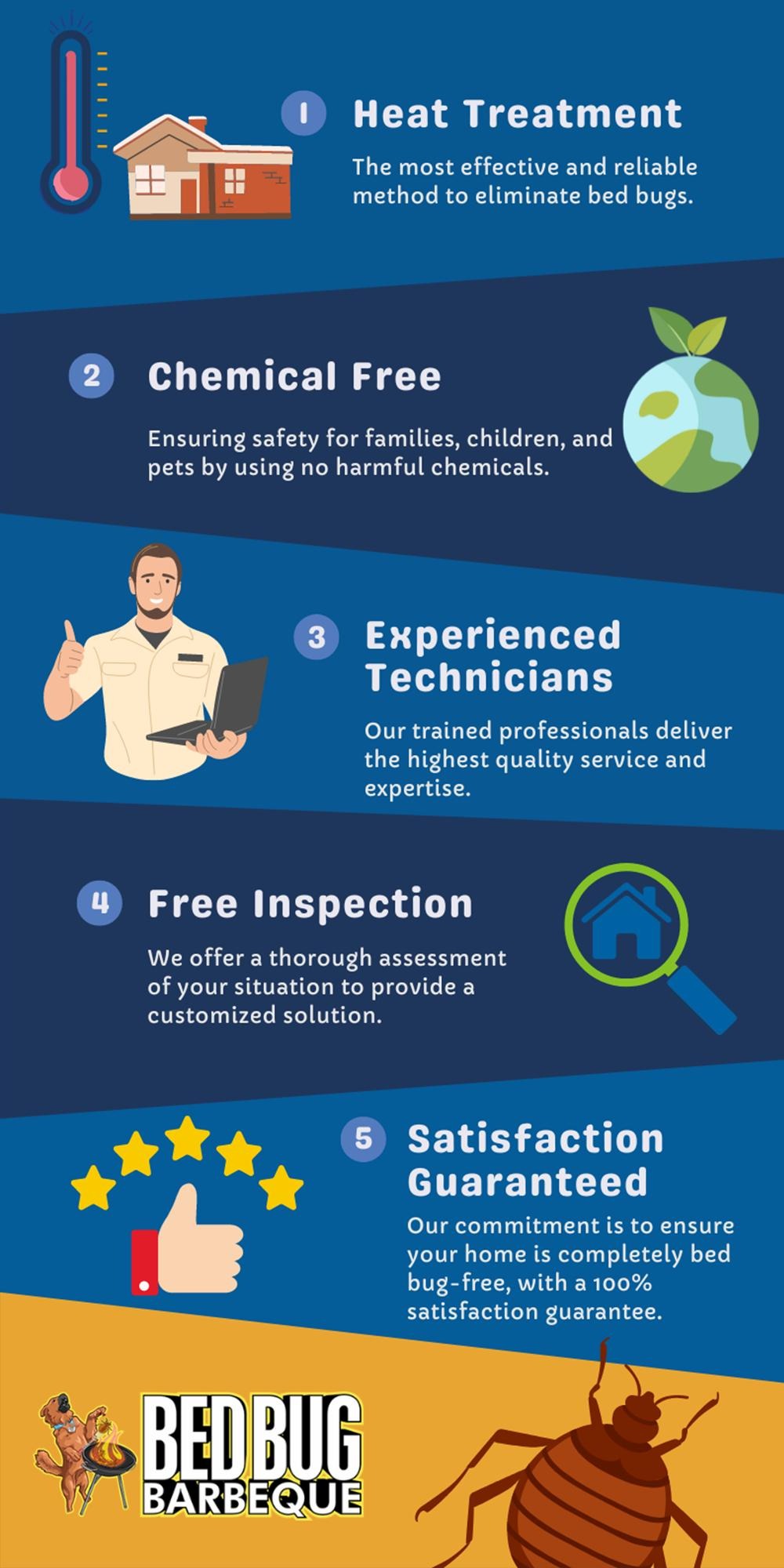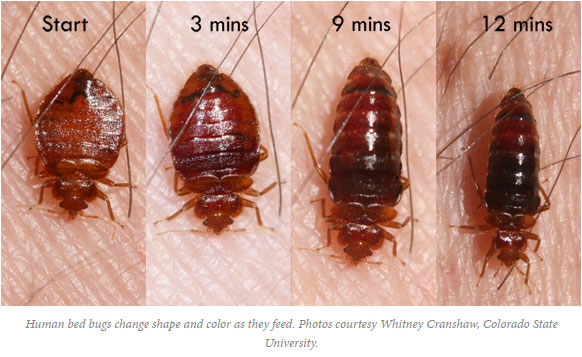Obtain Informed About the Types of Bug Control Techniques and Their Advantages for Property Owners
Recognizing the various insect control approaches available to property owners is vital for efficient insect monitoring. House owners who are educated can make critical choices that not only address bug concerns yet additionally improve the general quality of their living environment.
Chemical Parasite Control Approaches
Chemical bug control techniques are a vital element of integrated parasite monitoring methods for property owners seeking reliable options to pest infestations. These approaches entail the application of chemical compounds designed to remove or prevent insects that threaten personal effects, health, and convenience. Typical chemicals used consist of insecticides, herbicides, fungicides, and rodenticides, each customized to target particular parasites.
The primary benefit of chemical bug control is its fast effectiveness; lots of formulas supply immediate results, reducing pest populations significantly quickly. Additionally, breakthroughs in chemical formulations have caused items that are extra eco-friendly and have reduced toxicity degrees for non-target organisms when used properly.

Organic Insect Control Techniques
Natural insect control approaches have actually obtained prestige as property owners look for more secure and extra lasting options to typical chemical techniques. Biological bug control strategies make use of natural killers, bloodsuckers, or microorganisms to take care of pest populations successfully. This method is not only eco pleasant yet also reduces the risk of injury to non-target types, including beneficial pests and wild animals.
One of one of the most common biological control techniques involves introducing natural killers right into the environment. Ladybugs can be made use of to regulate aphid populaces, while nematodes target soil-dwelling parasites like grubs. Furthermore, parasitoids-- organisms that reside on or within a host-- can be utilized to control details insect varieties by laying eggs inside them, eventually leading to their demise.
An additional method is the use of biopesticides, which are stemmed from all-natural products such as plants, minerals, or germs (bed bug exterminator). These items can effectively target parasites while positioning marginal threat to family pets and humans. In general, biological insect control techniques give house owners with a reliable methods of insect monitoring that straightens with eco-friendly principles, promoting a healthier living atmosphere while decreasing reliance on synthetic chemicals
Mechanical Pest Control Approaches
Mechanical pest control techniques incorporate a selection of techniques that literally protect against or get rid of parasites without the usage of chemicals. These strategies are particularly advantageous for homeowners looking for eco-friendly options while guaranteeing the safety and security of their living spaces.
One typical technique is using obstacles, such as catches, nets, and screens, which protect against parasites from getting in homes or specific locations. For example, setting up home window screens can efficiently maintain pests out, while using physical barriers around gardens can hinder larger parasites like deer or rabbits. Additionally, mechanical catches developed for rodents can capture and eliminate these pests without the demand for poisonous substances.
One more efficient strategy involves using brooms and vacuum cleaners to remove pests straight from surface areas. Normal cleaning and maintenance can considerably decrease insect populaces by removing food resources and concealing places. Furthermore, using gadgets like ultrasonic insect repellents can discourage numerous bugs with audio waves that are unpleasant to them but inaudible to people.
Cultural Bug Control Practices
Social insect control practices focus on customizing the environment and management techniques to develop problems that are much less for pest infestations. These techniques are essential in keeping a well balanced environment and minimizing the reliance bird control on chemical treatments. By modifying farming techniques, home owners can successfully discourage parasites while advertising plant health.
One typical method consists of plant rotation, which interferes with the life cycles of insects by altering the kinds of plants grown in a specific area (bed bug exterminator). This not just decreases pest populations but likewise enhances dirt wellness. In addition, intercropping-- planting diverse plants in closeness-- can confuse insects and decrease their ability to situate their preferred host plants
Water management is an additional essential element of cultural techniques. Proper watering methods can prevent standing water, which works as a breeding place for insects and various other pests. Preserving tidiness in and around the home, such as frequently removing particles and food waste, can dramatically lower insect attraction.
Including these cultural techniques right into a comprehensive parasite administration strategy permits homeowners to create an atmosphere that naturally prevents pests, therefore improving the performance of other control approaches while promoting lasting gardening and landscape design.

Integrated Insect Administration Approaches
Integrated Parasite Monitoring (IPM) represents a holistic technique that combines various techniques to properly take care of pest populations while reducing environmental effect. This method integrates biological, cultural, physical, and chemical methods to accomplish lasting bug control. By examining pest populaces and their all-natural opponents, IPM highlights tracking and determining bugs prior to carrying out control procedures.
Among the core concepts of IPM is making use of thresholds, which establish the level of pest activity that warrants treatment. This makes certain that therapies are used only when required, decreasing the reliance on chemical pesticides. Biological control methods, such as presenting all-natural killers or parasites, operate in combination with social methods like crop rotation and habitat manipulation to disrupt pest life process.
Moreover, IPM motivates read this the use of least-toxic chemical commercial pest control options when treatment is needed, prioritizing products that posture very little risk to non-target organisms and the atmosphere. For property owners, adopting IPM comes close to not just enhances the efficiency of parasite administration but additionally advertises a healthier living environment, cultivating biodiversity and lowering chemical direct exposure. Ultimately, IPM encourages house owners to make informed decisions that stabilize bug control with environmental responsibility.
Conclusion
In verdict, recognizing the numerous pest control methods empowers property owners to make educated decisions regarding pest monitoring. Each strategy-- chemical, organic, mechanical, social, and incorporated parasite monitoring-- uses unique benefits that cater to different requirements and choices.
Comprehending the different pest control methods readily available to home owners is essential for effective parasite monitoring.Chemical bug control techniques are an important element of integrated insect management strategies for home owners looking for effective solutions to pest problems. Generally, biological pest control strategies supply property owners with an efficient means of parasite administration that aligns with eco-friendly concepts, promoting a much healthier living atmosphere while reducing dependence on synthetic chemicals.
Social bug control methods concentrate on customizing the setting and administration techniques to develop conditions that are much less favorable to pest infestations.In verdict, understanding the numerous insect control methods encourages property owners to make enlightened decisions regarding pest monitoring.